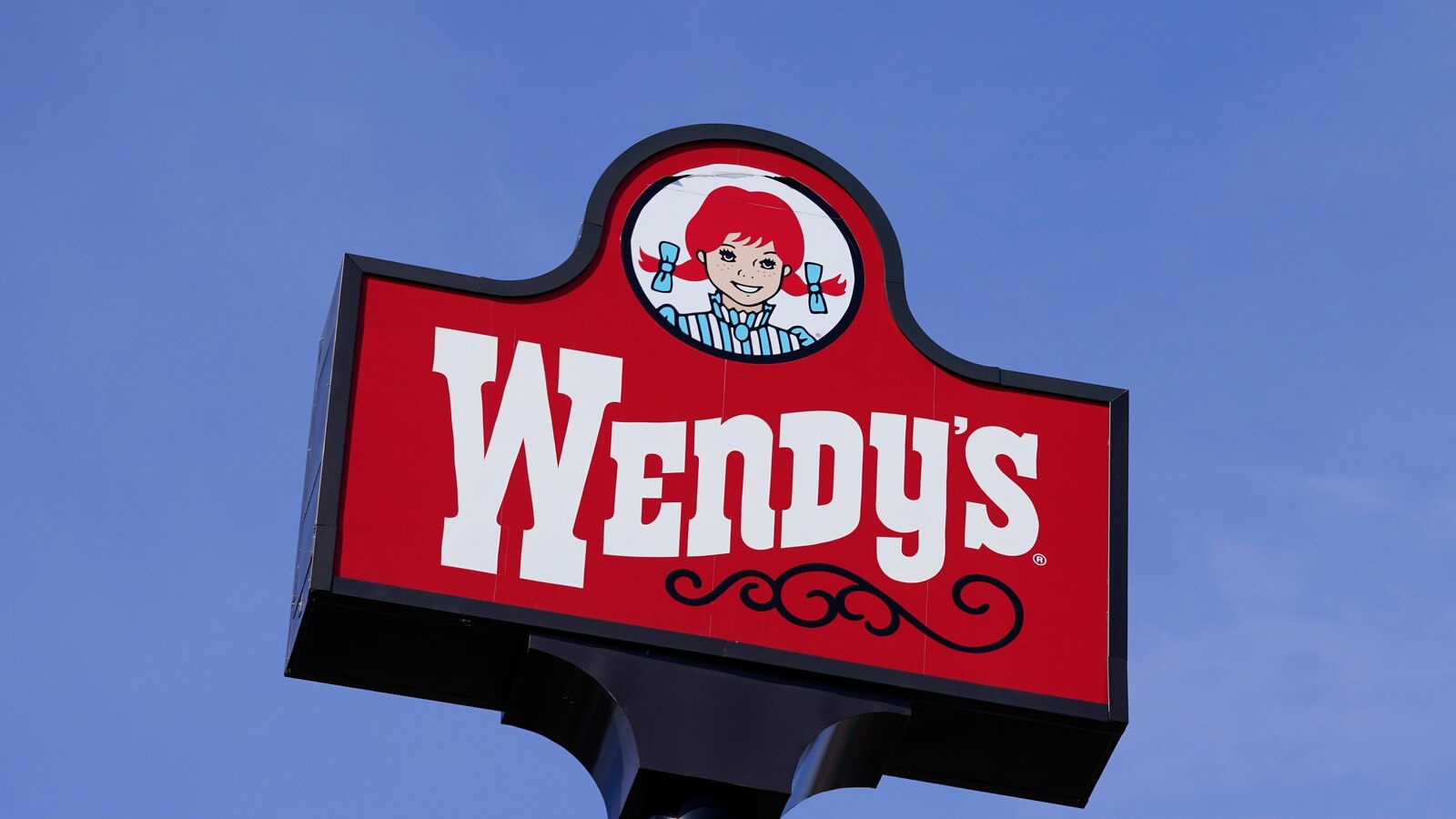Wendy’s President and CEO, Todd Penegor, explained during a recent investor conference call that the decision to close these restaurants reflects the brand’s strategy to phase out older, underperforming locations and replace them with newer, more efficient establishments. “These closures are primarily in areas that are not aligned with the growth trajectory of our brand. Many of these are aged locations, some as old as our 55-year history,” Penegor stated.
Wendy’s has not released a detailed list of the locations set for closure, although Penegor mentioned they are spread across the U.S., with many sites lagging behind in performance compared to the company’s newer venues. Wendy’s current focus is on modernizing its brand presence with updated, strategically placed locations that offer customers an upgraded dining experience and stronger brand engagement.
At the close of Q3, Wendy’s had 7,292 restaurants globally, with over 80% of these in the United States. As of Friday afternoon, Wendy’s shares saw a 3.5% boost in trading.
This move aligns with a broader trend in the U.S. dining sector, as several restaurant chains re-evaluate their strategies amid changing consumer habits and price sensitivities. With inflation pushing up menu prices, many consumers have been cautious, and same-store sales in the U.S. grew by less than 1% for Wendy’s during the first half of the year.
Other chains have made similar restructuring announcements; Denny’s recently revealed it will close 150 locations by the end of 2025, and Red Lobster applied for bankruptcy protection in May after closing multiple stores.
This calculated shift in Wendy’s strategy underscores its commitment to offering a high-quality experience to customers, focusing on opening modernized locations that align better with today’s fast-casual dining preferences. As Wendy’s prepares to replace these low-performing locations with new ones, the company’s brand renewal is expected to bolster its market position and attract a broader customer base.

